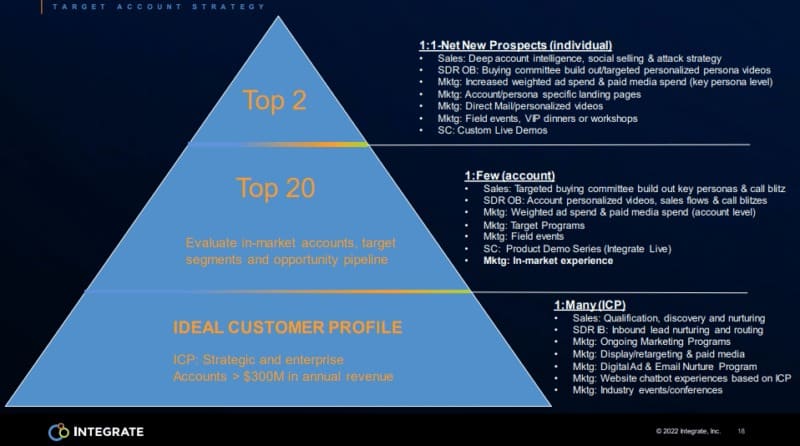Identify core customer and business needs first. Then build your stack accordingly.
1: Start with the customer journey
So how does your organization get on the right path? Start with who matters most — the customer. Begin to think about all the important actions that the customer takes when interacting with your company.
“Start with the customer journey,” Alfonso said. “What does their experience look like? What are the different types of touchpoints that they’re experiencing with your business?
2: Identify core business needs
The martech stack needs to conform to the specific needs of your business. It shouldn’t include solutions that look good on paper but don’t support core business operations.
“Many marketers make the mistake of building their martech stack like they’re building a set of golf clubs,” said Alfonso. You don’t need to add a putter or a driver just for the sake of checking off those boxes.
Instead, map out your core business needs and make sure you have platforms that fit.
3: Make sure data is unified
As your organization assembles the stack make sure that marketing data is accessible by all these different tools.
This goes back to customer experience. If different parts of a campaign help move a customer smoothly through their journey, that’s because data like customer preferences and personalization are also unified to help power the experience.


